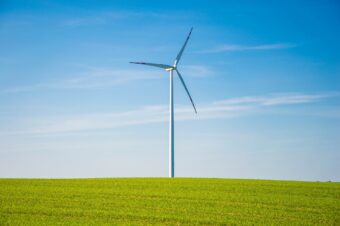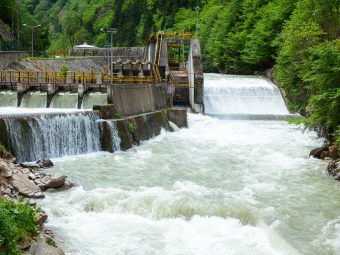
In December 2023, Croatia made a significant step forward in generating electricity from renewable sources, which had a 19.5 per cent share in the total available electricity, excluding hydroelectric plants, thus ranking first when it comes to the production of electricity in this country.
This was made possible, among other things, with the construction of solar power plants, which in that period, recorded the largest increase in capacity among all power-generated technologies in the power system, although they still do not have such a significant share as that of wind, for instance. By January 1, 2024, the installed capacity of solar power plants reached 462.5MW, with an additional 238.7MW put into operation in 2023, according to the RES Croatia website.
Hydropower plants still play a dominant role in the production of electricity, as they accounted for the largest share of the total energy mix in the previous month as well.
In terms of the country’s energy landscape, it is important to mention the Krško nuclear power plant, whose energy production accounts for about 15 per cent of the total share, as was the case in December.
MORE:
- CLEAN TECHNOLOGIES ARE DRIVING JOB GROWTH IN THE ENERGY SECTOR, BUT SKILLS SHORTAGES ARE AN INCREASING CONCERN
- MENA’S TRANSFORMING ROLE IN AN EVOLVING ENERGY LANDSCAPE
- NEW WIND CHARTER AND NATIONAL WIND PLEDGES UNDERLINE AMBITION FOR WIND POWER IN EUROPE

After hydropower plants, wind farms play a significant role in electricity generation and this was particularly evident in December 2023. The total installed power of wind farms amounted to 1,160.15MW, with the new Bruvno 45MW power plant commissioned. The total production of wind power plants this month was 243,901MWh.
For example, 43.5 per cent of electricity for domestic electricity consumption on December 15th was generated by RES, excluding hydropower plants, and with the overwhelmingly largest share of wind energy. It is important to note that in this period, wind is the dominant RES in electricity production due to weather conditions. The share of wind energy in electricity generation drops in the summer, which is why it is important to develop solar energy, which reaches its peak during the summer.
For balancing purposes, Croatia had to carry out a significant exchange of electricity at interconnections, with imports of 95GWh and exports of 148GWh.
Energy portal


